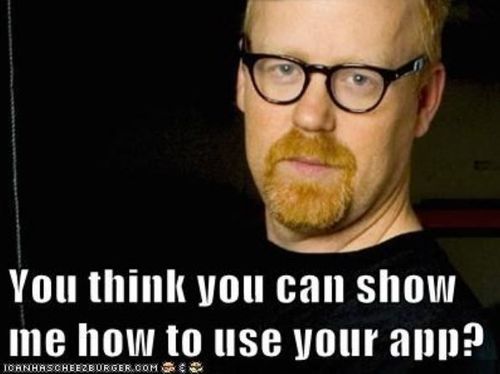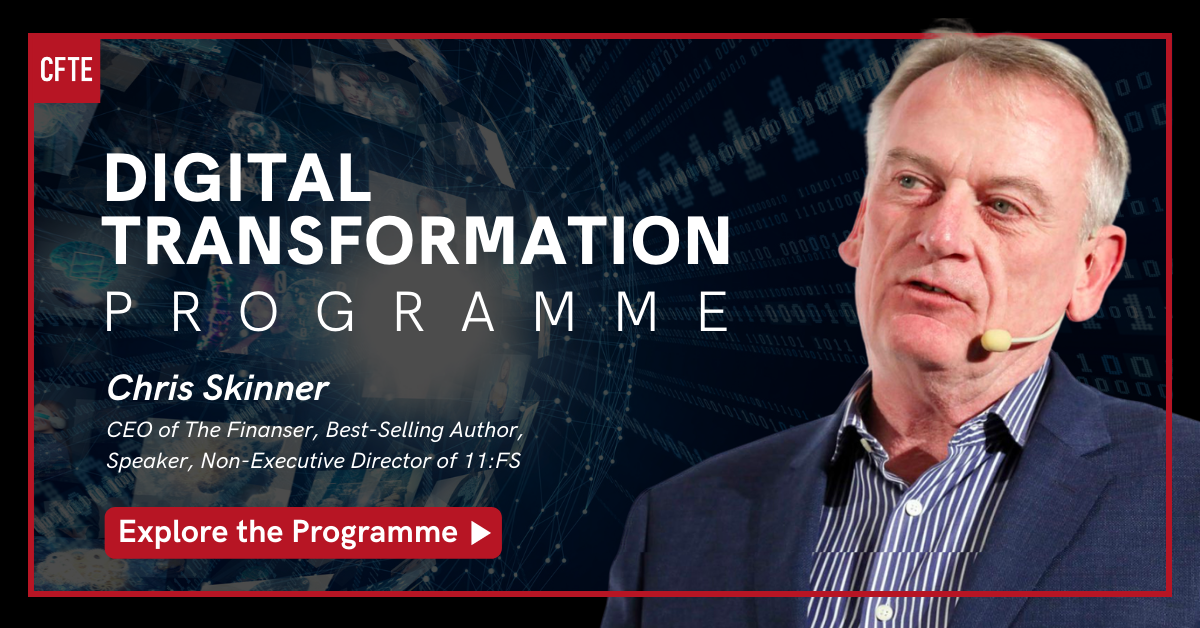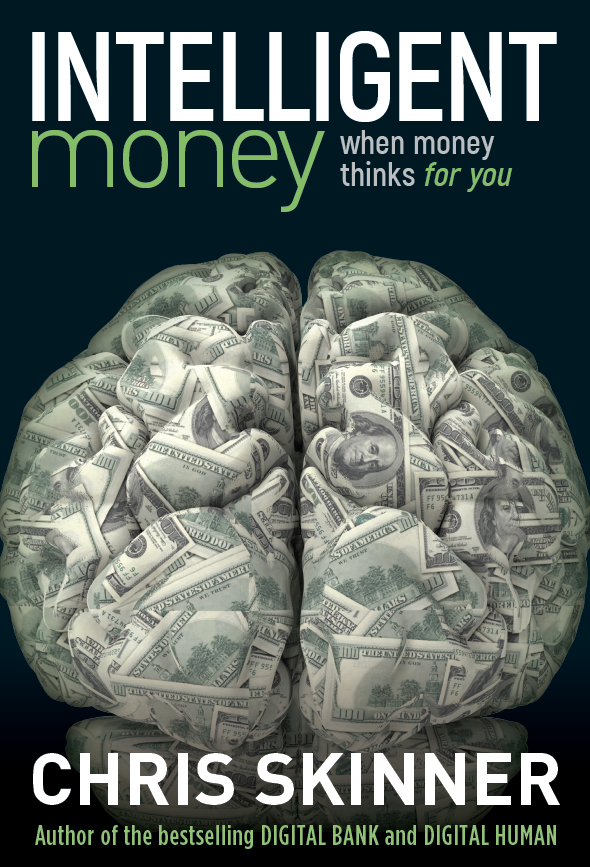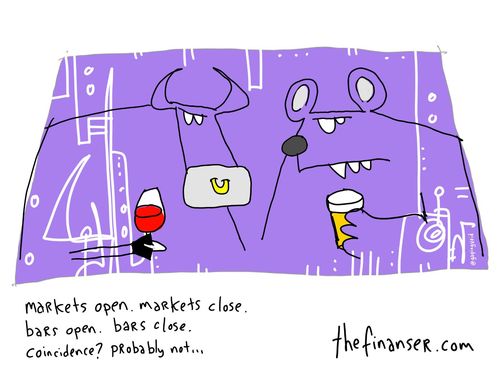
Continuing on yesterday’s theme, I’ve written often about
the fact that I do not believe in a multichannel or omnichannel strategy, just
a strategy of how to deliver augmented service to the customer at the point of
relevance. For me, that is a digitised delivery of service, proactively via my
mobile today and soon my watch or glasses.
That’s what I want, but not everyone wants that. Some people want branch-based service and
some want contact with the call centre.
Not everyone wants to have a pure remote service that is digitised and augmented
to serve at the point of relevance.
In fact, the whole omnichannel thing really does not
exist. Channels are what banks deploy to
reach customers. Customers are looking
for service that is relevant to their needs, such as buying a home. Customers want service delivered in the way
that is relevant to them and that they like.
So it is not the bank reaching out to customers through channels,
but customers reaching out to banks through needs.
In other words, I would far rather talk about omnicustomers
rather than omnichannels. The
omnicustomer differs by segment, demographic, perspective, adoption of
technology. Some customers want all digital, some want all face-to-face, and the
banks challenge is to design the service for every customer so that they get
the experience they want. Or rather, the
challenge for the bank is to design experience for customers such that they get
the experience they want through the channels the bank prefers to deploy. Then the key is to get the omnicustomer to migrate
to the bank’s channels of preference.
This is the core of a debate that occurs regularly with
banks when we discuss the role of branches.
For example, in a conversation this week, the bank concerned
argued that SMEs need branches. Yes,
some do. Some SMEs deal in lots of cash and
coins, and that’s a real need for a branch-based bank service as there is a physical
need for deposits. But do SMEs need
branches to get a loan? Not necessarily. I’m an SME, and my bank manager comes to my
office once a year for a review of my financial needs. Branches can be replaced by direct sales and
direct service managers.
So then we get into the core of the discussion: who needs
branches?
People who like their contact with the staff in the
branch? People who want to feel there is
a physical space to see where there money is? People who are resistant to
change? People who have not been introduced
to the alternatives? People who are
unsure of the alternatives and need education as to what they can do?
A little like the many people who resisted getting a mobile
telephone as they were just for yuppies http://en.wikipedia.org/wiki/Yuppie
(young, upwardly mobile, professionals), but now depend upon them; or the folks
who thought they didn’t need the internet until it became a consumer
proposition; those who are not using mobile or internet banking are doing so
for a variety of reasons: fear, insecurity, distrust, lack of access, lack of
knowledge and more.
My suspicion therefore is that if banks put in a
concentrated program to migrate customers from branch to remote channels, with
immersion workshops and programs offered to show people how they work, then
they would find far faster take-up of their remote channel offers and far simpler abilities to reduce branch-based
costs and operations.
It reminds me of the experience I had working with a bank in
the 1990s when they tried to migrate customers to the self-serve machines in
branch for deposits and cash withdrawals.
They had made this massive investment in automating the transactions in
branches by offering customers self-serve machines, but only a small percentage
of customers were using them. Therefore,
the bank started a program of focus to get customers to use the machines.
Staff were deployed as concierges in all branches to greet and
meet customers and ask if they would like to see how the machines worked. And the program worked.
Mature customers were delighted to have the chance to try
the machines with assistance, as were busy mothers. Both consumer groups had previously shunned
the machines because they did not know how to use them or did not have the
time.
The only customer group that proved to be truly resistant to
the program were male accountholders.
Yep, the testosterone driven male felt that no education was
needed and no bank could force them to use a machine if they didn’t want to use
them.

Young males being the most resistant by the way.
I suspect this would be the same if banks pushed mobile
banking heavily, but at least it would get a further third to two-thirds of customers
out of branches.
Just a thought.
Chris M Skinner
Chris Skinner is best known as an independent commentator on the financial markets through his blog, TheFinanser.com, as author of the bestselling book Digital Bank, and Chair of the European networking forum the Financial Services Club. He has been voted one of the most influential people in banking by The Financial Brand (as well as one of the best blogs), a FinTech Titan (Next Bank), one of the Fintech Leaders you need to follow (City AM, Deluxe and Jax Finance), as well as one of the Top 40 most influential people in financial technology by the Wall Street Journal's Financial News. To learn more click here...




















